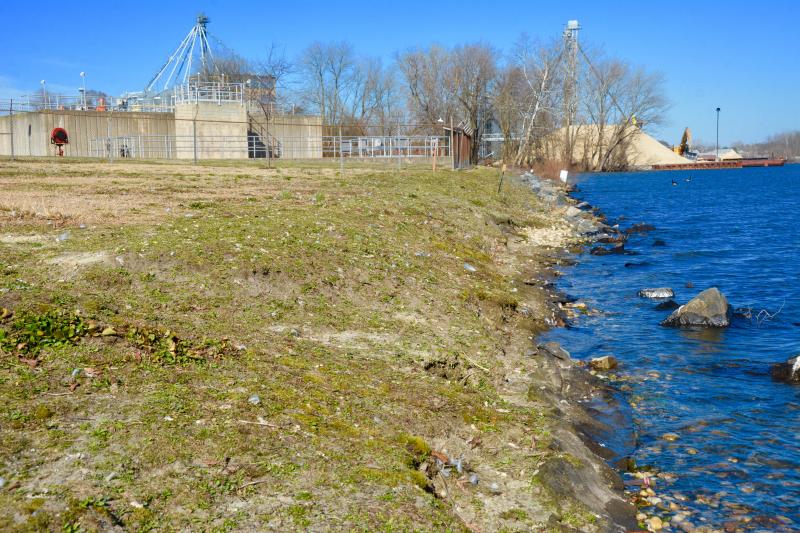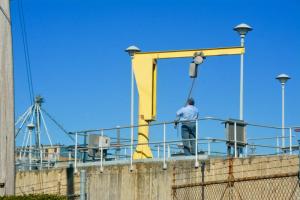Bridgeville officials are facing a bill of $16 million to $18 million to upgrade a failing wastewater treatment facility.
In order to comply with a 2016 Environmental Protection Agency consent agreement on alleged Clean Water Act violations, Bridgeville officials have to upgrade their wastewater treatment facility that also serves Greenwood residents in western Sussex County. But paying for the upgrades would force residents' bills to skyrocket.
Sussex County chief engineer Hans Medlarz may have a solution. It's a complicated plan that involves Seaford and Blades officials as well. As Seaford embarks on a multimillion-dollar upgrade of its wastewater treatment facility along the Nanticoke River, Medlarz said, there is a possibility that a new pipeline along Route 13 could be installed to treat wastewater from Bridgeville and Greenwood at the Seaford plant. Those residents would then become users in a greater western Sussex sewer district administered by Sussex County.
Blades residents' wastewater is already treated at the Seaford plant under a plan worked out by county officials as part of the unified Sussex County sewer district.
At its Feb. 7 meeting, Sussex County Council approved $30,000 for a feasibility study by the engineering firms of George, Miles and Buhr for Seaford and Davis, Bowen and Friedel for Bridgeville. Medlarz said information gathered in the analysis will help officials better understand the costs.
Once the study is completed, Medlarz said, the next step would be for Bridgeville and Greenwood officials to petition the county to create a sewer district. He said that would then trigger an opportunity for county officials to apply for more substantial state funds to complete a more thorough planning study.
The idea to create a sewer district in western Sussex – like those on the eastern side of the county – is not a new one. “We've been wrestling with this for 30 years,” Medlarz said. “This is probably our last and best opportunity.”
Seaford officials are upgrading their treatment plant from 1 million gallons per day to 3 million gallons per day. When the project is completed, the plant could accept wastewater from the other two towns.
Medlarz said EPA and state Department of Natural Resources and Environmental Control officials support the plan and will allow time for studies to occur.
Councilman George Cole, R-Ocean View, said it's imperative that the towns and county do not compete for sewer customers, which could stymie future annexations. Providing central sewer to unincorporated areas near towns can end up land-locking towns, which has already occurred in eastern Sussex, he said.
“There needs to be an incentive built in for towns to grow to increase their tax bases,” he said.
Councilman I.G. Burton, R-Lewes, expressed the same concern to Medlarz.
Medlarz replied that annexations are usually requested based on a need for utilities and for government reasons, including police protection and public works services, etc. He said it's rare that residents request annexation just to hook into a town's sewer system.
Medlarz said if an area has been designated as a future annexation parcel in a town's land-use plan, it could be written into an agreement that annexation would be required.
























































